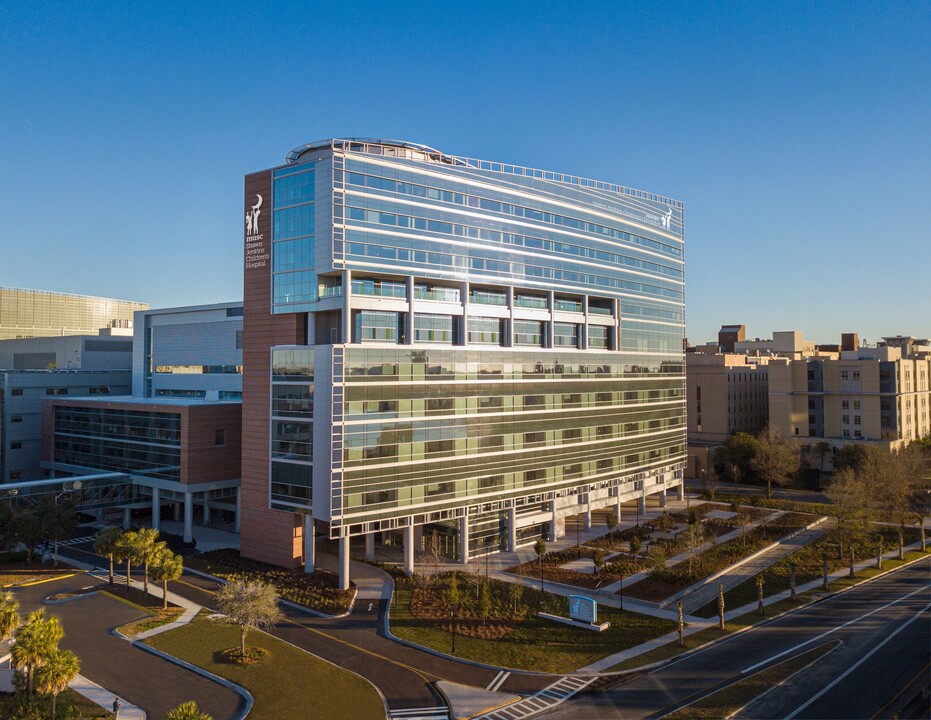An Approach to Opening your First Healthcare Facility
Published by Bridget Graham, MBAH, PMP

Over the past couple of months, I spent a lot of time reflecting on the experience of opening my first healthcare facility. The beautiful thing about healthcare facility activations is that while they are emotional, exhausting, and challenging, they are even more rewarding and fulfilling.
For those who are just starting on their own healthcare facility transition and activation journey, you might be wondering how to start or what tools would be valuable in this process, like I had been. So, while reflecting on this experience, I have outlined some tools and approaches that I found incredibly valuable and successful in my journey.
When I agreed to assist with opening an 11-story stand-alone children’s hospital, my first thought was, how will I possibly accomplish this daunting yet critically important task. My second, which quickly followed, was: Let’s start learning.
One of the most significant tools in my transition and activation toolbox was my enthusiasm to learn. This wasn’t just about learning what it takes to transition a hospital but about educating myself about how a hospital transition can impact department operations for patients and staff. A genuine willingness to learn about hospital operations and eagerly understand patient care processes can position the project for success. Getting involved this way is powerful because you are saying, “I don’t have all the answers, but I want to gain a better perspective of your work to partner with you on this journey.” There is no better way to build relationships with your project stakeholders than to immerse yourself in their day-to-day experiences. Gaining insight into the magnitude of change and potential challenges a transition into a new hospital can bring provides the foundation for understanding, empathy, and support each department will need throughout the project. So, I focused on continuous learning throughout the project to be the best support system for my teams.
The next tool I leveraged was the power of engagement. Engaging department staff, leadership, patients, and families in each part of the transition activation process is critical to project success. This engagement can be challenging at times, but when involved early and in the right ways, stakeholders feel a sense of responsibility, more personal accountability, and pride in their role in bringing their future healthcare facility to life! Engagement early in the process should involve clinical and operational participation in the design development of the space. The more familiar teams become with their space, the quicker they can approach workflow planning and activation. Provide floor plans to your teams early, hang them in their break rooms, and hold regular meetings to walk through design intent and flow before engaging in transition and activation work. They are partners in this process, and while we get to walk away from the building after opening, they remain within the hospital and bring the facility to life.
The patient and family experience was also essential to my first hospital transition. They were part of our team, their perspectives were shared, voices were heard, and suggestions were incorporated into the design and operational flow of the facility. The patient and family stories and perspectives shared during our transition and activation profoundly impacted our teams, connected everyone to purpose, and reminded us how important our work is to the community.
Finally, it is critical to know your sponsors and ensure they are empowered and engaged in complex decision-making. Assemble your team, create structure around communicating, and have focused, transparent discussion around project risks and opportunities. Strong collaboration and transparency between you and the sponsorship team create an environment where critical decision-making is possible, and partnerships are strengthened through the project lifecycle. Senior leadership involvement in a transition and activation project creates a sense of trust, respect, and generates more engagement opportunities for any size entity. A strong partnership with your project sponsors is key for successful outcomes.
Transition and activation work is not for the faint of heart but for the full of heart. The challenging days become so purposeful when the building comes to life as the first patient arrives and continues to operate safely and successfully as the last patient rolls into the hospital. With a little bit of genuine curiosity, a passion for building meaningful relationships, and a willingness to support and understand, your building can be brought to life successfully.

Leave a Reply
Want to join the discussion?Feel free to contribute!